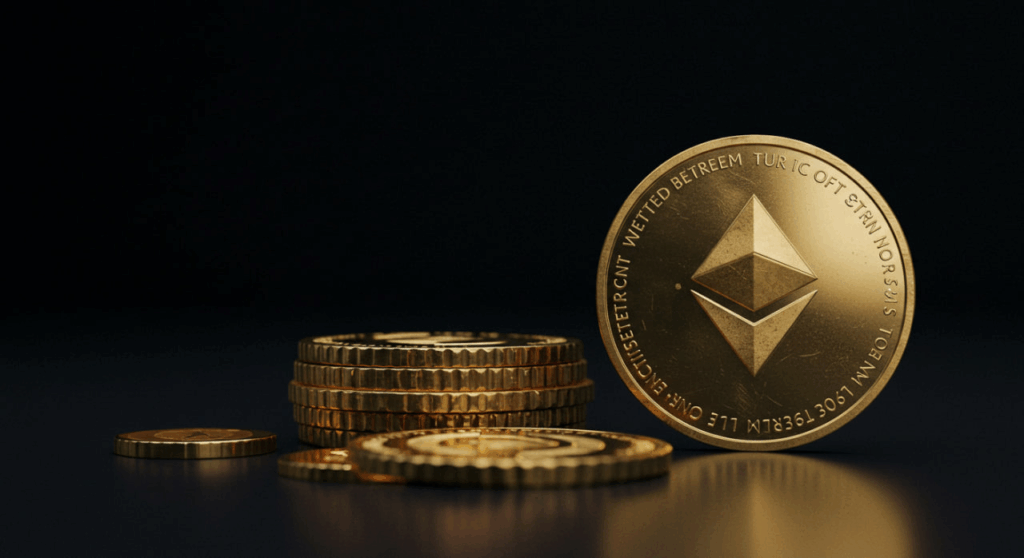In the age of social media, where every dining experience can become a viral sensation, a group of Gen Z siblings learned a hard lesson about restaurant menu abbreviations that left them with a shocking bill. Aribella Menold, a 20-year-old TikTok user, shared a now-viral video capturing her and her siblings’ disbelief when their dinner at Moonrakers, an upscale waterfront restaurant in Beaufort, North Carolina, resulted in a $159.14 tab. The culprit? Two 12-ounce New York strip steaks labeled “MKT” on the menu, which they assumed would cost $20–$30 each but were priced at a hefty $52 apiece. This experience, which garnered over 19 million views, sparked a heated online debate about restaurant pricing transparency and the meaning of “MKT.” In this article, we dive into what “MKT” pricing means, why restaurants use it, and how diners—especially younger generations like Gen Z—can avoid similar surprises while dining out.
What Does “MKT” Mean on a Restaurant Menu?
The Definition of “MKT” Pricing
“MKT” stands for “market price,” a term commonly used in restaurants to indicate that the cost of a dish—often premium items like steak, seafood, or lobster—fluctuates based on supply, quality, and seasonal availability. Unlike fixed-price items, MKT dishes don’t list a specific cost on the menu, leaving diners to inquire about the price or face a surprise when the bill arrives. For Aribella and her siblings, this lack of clarity turned a casual dinner into a financial wake-up call, as their two steaks alone accounted for $104 of the bill, with additional costs from a $28 kale Caesar salad (including an $11 grilled chicken add-on), a $10 kid’s grilled cheese, and a $3 Sprite, plus taxes and a credit card surcharge.
Why Restaurants Use MKT Pricing
Restaurants adopt MKT pricing to account for the volatile costs of high-end ingredients. For example, the price of prime cuts of steak or fresh seafood can vary daily due to factors like supply chain disruptions, seasonal availability, or market demand. By labeling an item as MKT, restaurants maintain flexibility to adjust prices without constantly reprinting menus. However, this practice can backfire if servers fail to communicate the price upfront, as was the case with the Menold siblings, who assumed the steaks would be moderately priced based on their experience at casual dining chains, where steaks typically range from $13 to $18. Fine-dining establishments, on the other hand, often charge $54 or more for similar cuts, highlighting the importance of understanding the restaurant’s positioning.
The Viral TikTok That Sparked a Conversation
Aribella’s Story: A Shocking Bill Goes Viral
Aribella Menold’s TikTok video, captioned “POV: You didn’t know what ‘mkt’ meant on the steak menu and now you’re paying for it,” captured the moment of shock when she and her siblings saw their $159.14 bill. Posted first on Instagram and later on TikTok, the video exploded in popularity, amassing millions of views and thousands of comments. The siblings had chosen Moonrakers for what they thought would be a relaxed meal, only to discover that their assumptions about pricing were way off. Fortunately, their grandfather stepped in to cover the bill, but the experience left a lasting impression and sparked a broader discussion about restaurant pricing practices.
Social Media Reactions: Divided Opinions

The viral video ignited a range of reactions online. Some commenters were sympathetic, with one noting, “$28 for a salad is criminal,” while others criticized the restaurant’s staff for not disclosing the steak prices upfront. However, not everyone sided with the diners. One commenter remarked, “$160 split between three people? That’s not terrible,” while another offered blunt advice: “If you have to ask the market price, you can’t afford it. Just order something else.” These varied responses highlight a generational divide, with Gen Z often prioritizing transparency and affordability, shaped by their frugal spending habits influenced by economic challenges like the COVID-19 pandemic.
How Gen Z Diners Can Navigate MKT Pricing
Ask Questions Before Ordering
The most effective way to avoid a bill shock like Aribella’s is to ask the server about the price of MKT items before ordering. Industry professionals, like those at Smokey Bones, emphasize that servers should proactively inform guests about market prices to ensure transparency. However, if this information isn’t volunteered, diners should feel empowered to ask. As one expert noted, “There should never be any surprises on the bill.” For Gen Z diners, who are often tech-savvy and value convenience, checking online reviews or social media for insights into a restaurant’s pricing practices can also provide valuable context before dining.
Understand the Restaurant’s Positioning
Gen Z, known for their digital-first lifestyle and preference for sustainable and authentic dining experiences, should research the restaurant’s type—casual, fast-casual, or fine dining—before visiting. Casual chains like Outback Steakhouse might offer steaks at lower price points, but upscale venues like Moonrakers cater to a different clientele, with prices reflecting premium ingredients and ambiance. Recognizing these differences can help set realistic expectations and prevent sticker shock. Additionally, Gen Z’s reliance on social media for discovering restaurants makes platforms like TikTok and Instagram ideal for researching menu transparency and customer experiences.
The Bigger Picture: Transparency in the Restaurant Industry
Is MKT Pricing a Scam or a Necessity?
The debate over MKT pricing raises questions about whether it’s a deceptive practice or a necessary tool for restaurants to manage costs. Critics, like one TikTok commenter who called MKT “a scam where they can charge whatever they want,” argue that it exploits uninformed diners. However, restaurants contend that MKT pricing reflects the reality of sourcing premium ingredients in a volatile market. The truth likely lies in the middle: while MKT pricing isn’t inherently deceptive, it requires clear communication to maintain trust. For Gen Z, who value transparency and sustainability, restaurants that fail to disclose prices risk alienating a generation with significant purchasing power, estimated at $143 billion in the U.S.
How Restaurants Can Adapt to Gen Z Preferences
To win over Gen Z diners, restaurants can adopt practices that align with their values. This includes offering clear pricing, leveraging social media to showcase menu items, and prioritizing sustainable sourcing. For example, 61.3% of Gen Zers are willing to pay more for ethically sourced products, and 70% rely on platforms like TikTok for food recommendations. Restaurants can also invest in technology, such as digital menus or kiosks, which Gen Z finds intuitive and time-saving. By balancing transparency with premium offerings, restaurants can build loyalty among younger diners while avoiding the pitfalls of MKT pricing misunderstandings.
Lessons Learned and Moving Forward

Aribella Menold’s viral TikTok serves as a cautionary tale for Gen Z diners navigating the complexities of restaurant menus. While MKT pricing is a standard practice, it underscores the need for diners to be proactive and for restaurants to prioritize transparency. By asking questions, researching venues, and understanding market-driven pricing, Gen Z can enjoy dining out without the fear of an unexpected bill. As restaurants adapt to the preferences of this digital-native generation, clear communication and innovative engagement strategies will be key to fostering trust and loyalty.
FAQ
What does “MKT” mean on a restaurant menu?
“MKT” stands for “market price,” indicating that the cost of a dish, typically steak or seafood, varies based on factors like supply, quality, and seasonality. Diners should ask their server for the current price before ordering to avoid surprises.
Why do restaurants use MKT pricing?
Restaurants use MKT pricing to account for fluctuating costs of premium ingredients, such as prime cuts of meat or fresh seafood, which can change daily due to market conditions. This allows them to maintain menu flexibility without frequent reprints.
How can diners avoid surprises with MKT pricing?
To avoid unexpected costs, diners should always ask the server about the price of MKT items before ordering. Researching the restaurant’s type (casual or fine dining) and checking online reviews can also provide pricing insights.
Are restaurants required to disclose MKT prices?
While there’s no legal requirement for restaurants to list MKT prices on menus, industry best practices encourage servers to inform customers of the price upfront. If this doesn’t happen, diners should proactively ask for clarification.
How can Gen Z diners make informed dining choices?
Gen Z can use social media platforms like TikTok and Instagram to research restaurants, check pricing transparency, and read customer reviews. Additionally, opting for restaurants that align with their values, such as sustainability and clear pricing, can enhance their dining experience.



